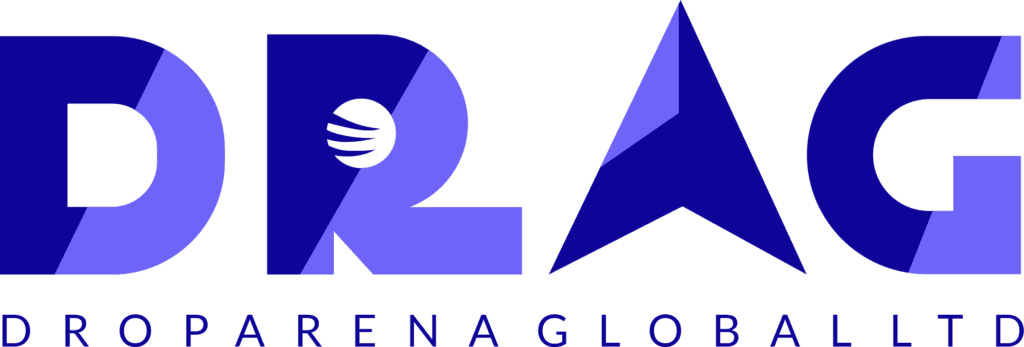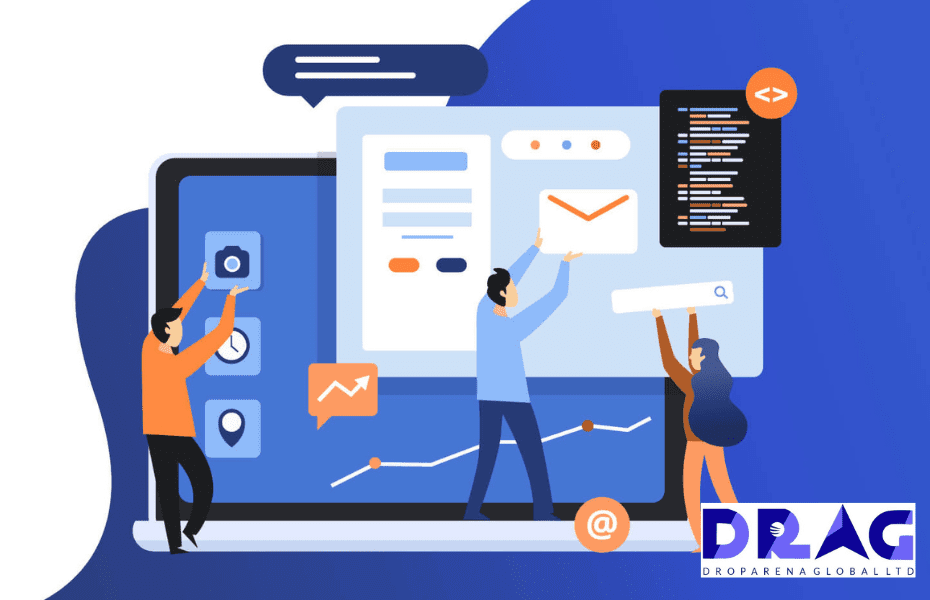A website redesign can be one of the most impactful ways to breathe new life into your business. Whether your goal is to enhance user experience, increase conversions, or ensure that your website aligns with your brand, a fresh design can make all the difference. But how do you know if it’s really time to consider a redesign? Here’s a comprehensive checklist to help you evaluate if your website could benefit from a makeover.
1. Your Website Looks Outdated
First impressions are everything, and if your website looks like a relic from another era, it could be turning potential customers away. Design trends evolve rapidly, and an outdated website might look unprofessional to today’s consumers.
Ask Yourself:
- Does my website look modern and visually appealing?
- Does it align with current design trends?
- Is it consistent with my brand image?
If the answer to these questions is “no,” it might be time for a visual overhaul.
2. Your Site Isn’t Mobile-Responsive
With over half of all website traffic coming from mobile devices, mobile responsiveness is no longer optional—it’s essential. If your site doesn’t automatically adjust to fit various screen sizes, you risk losing a significant portion of your audience.
Checklist for Mobile-Responsiveness:
- Pages and images adjust seamlessly on phones and tablets.
- Navigation is easy and intuitive on mobile devices.
- Touch elements, like buttons and links, are spaced for easy tapping.
A mobile-responsive design not only improves user experience but can also positively impact your SEO ranking, as Google favors mobile-friendly websites.
3. Your Website Loads Slowly
Website speed is one of the top factors influencing user experience and SEO. Studies show that if a website takes more than three seconds to load, over 50% of visitors will abandon it. Speed issues often stem from large images, too many plugins, or unoptimized code.
Speed Optimization Checklist:
- Compress and resize images.
- Limit the number of plugins and unnecessary code.
- Use a Content Delivery Network (CDN) to enhance speed.
- Regularly monitor and test loading times with tools like Google PageSpeed Insights.
A faster website improves user satisfaction, increases conversions, and ranks better on search engines.
4. Your Brand Has Changed
If your brand has evolved over time—whether through updated messaging, new services, or a fresh logo—your website should reflect those changes. A mismatch between your site and your current brand image can confuse potential customers and weaken brand loyalty.
Questions to Consider:
- Has my brand’s tone or messaging changed?
- Are there new products or services that aren’t reflected on the website?
- Is my website aligned with my current brand colors, fonts, and style?
Consistency across all your digital touchpoints is critical to building trust and recognition.
5. Visitors Aren’t Staying or Converting
If you’re noticing a high bounce rate or low conversion rates, your website may not be doing enough to engage visitors or guide them toward a specific action. A website redesign focused on user experience and conversion optimization can encourage visitors to stay longer and take desired actions.
Conversion Optimization Checklist:
- Clear calls-to-action (CTAs) that guide users effectively.
- Engaging, informative content that holds attention.
- Landing pages that match the intent of your visitors.
- A seamless checkout process (for eCommerce sites).
Make it easy for visitors to understand your value proposition and take action, whether it’s signing up, purchasing, or contacting you.
6. Your Site Isn’t SEO-Friendly
Search Engine Optimization (SEO) is vital for increasing your site’s visibility in search engine results. If your website lacks proper SEO elements, you’re likely missing out on valuable organic traffic.
SEO Essentials to Consider:
- Title tags, meta descriptions, and alt text for images.
- Keyword-optimized headings (H1, H2, etc.).
- Mobile responsiveness, as Google prioritizes mobile-first indexing.
- SSL certificate to ensure a secure connection.
A redesign that includes these SEO basics can improve your rankings and drive more traffic.
7. The User Experience is Confusing
A cluttered or confusing website can quickly turn visitors away. User experience (UX) should be simple, intuitive, and designed with the customer’s journey in mind. If your site feels hard to navigate, has too many steps, or lacks a logical flow, it might be time to revamp it with a user-centric approach.
Checklist for Better UX:
- Clear, easy-to-navigate menus and categories.
- Logical flow from landing page to desired action (e.g., purchase or sign-up).
- Minimalistic design without overwhelming information or pop-ups.
- Accessibility features for all users, including readable fonts and contrasting colors.
A website that provides an enjoyable, straightforward experience encourages visitors to stay longer and engage more deeply with your brand.
8. You’re Not Leveraging Modern Tools and Integrations
Modern websites often include integrations that enhance functionality, streamline processes, and improve the user experience. Whether it’s a chatbot for customer service, a booking system, or analytics for tracking behavior, the right tools can add tremendous value.
Tech Integration Ideas:
- Customer Support Chatbot: Allows you to address queries in real-time.
- Social Media Integration: Encourages visitors to share content or follow your profiles.
- Analytics Tools: Track visitor behavior and optimize accordingly.
- Email Marketing Signup: Build a list of interested visitors for future marketing efforts.
These tools help you engage with visitors, streamline internal processes, and gather valuable data to refine your marketing strategies.
9. Your Competitors Have Better Websites
Take a look at the websites of your top competitors. If their sites look more modern, offer smoother navigation, or rank better in search engine results, it might be time to reevaluate your own website. You want to stand out, not fall behind, in your industry.
Competitive Analysis Checklist:
- Look for design, usability, and functionality elements on competitors’ sites.
- Analyze their SEO efforts, including keywords and link-building strategies.
- Evaluate the overall user experience and conversion points they provide.
Keeping an eye on industry standards and competitor sites can give you valuable insights into areas where your website might need improvement.
Conclusion
A website redesign is a big decision, but it can lead to enormous rewards if your current site isn’t meeting your needs or engaging your audience. By following this checklist, you’ll have a clear idea of whether it’s time to give your site a refresh and, if so, where to focus your efforts.
In a digital world where first impressions matter, a thoughtfully redesigned website could be the game-changer your business needs to stand out. From mobile responsiveness to SEO and user experience, each step in this checklist will help you create a website that not only attracts visitors but converts them into loyal customers.
Are you ready to give your website a makeover? The right redesign could be just what you need to level up your online presence and drive results. Let’s get started on building a website that represents your brand in the best possible light! Contact us at DRAG to learn how we can help you leverage analytics for success. Don’t forget to follow us on Twitter and LinkedIn for more insights into maximizing your digital presence!

